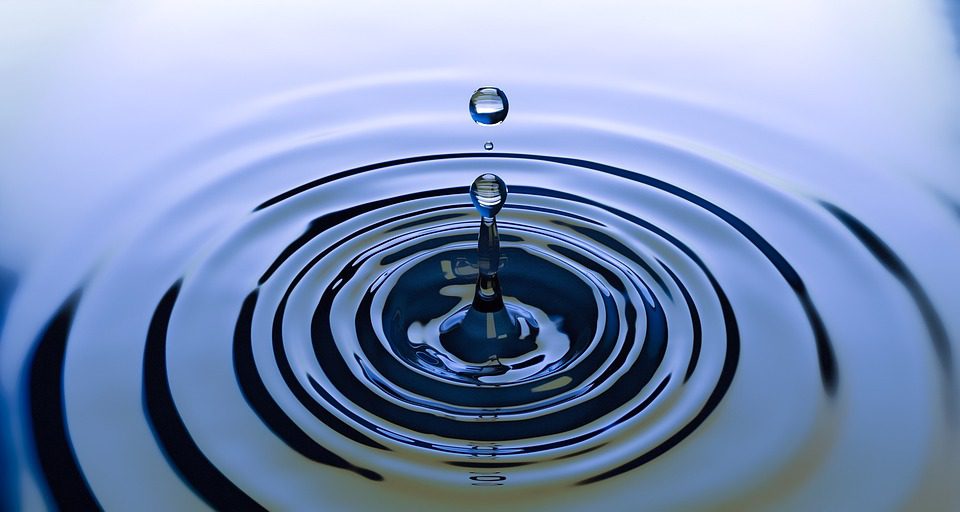
Many scientists consider what happened at Camp Lejeune in North Carolina to be the worst water contamination event in U.S. history. Thousands of military veterans and their family members have suffered from illness, health problems, and even death due to the carelessness of Camp Lejeune officials and the federal government.
But how did this awful situation unfold, and what specifically contaminated the drinking water at Camp Lejeune?
Learn specific details from Camp Lejeune injury law firm, Leav & Steinberg LLP below.
What Caused Camp Lejeune’s Water to Become Contaminated?
Multiple factors caused the contaminated drinking water at Camp Lejeune.
According to the Agency for Toxic Substances and Disease Registry, water supply wells at Camp Lejeune were contaminated by a slew of sources, including industrial area spills, waste disposal sites, and leaking underground storage tanks.
Local records show that military and base officials at Marine Corps Base Camp Lejeune dumped industrial wastewater and oil into storm drains, which eventually seeped into the water treatment plants. These officials were also negligent with the disposal of radioactive materials, burying things like dogs used for testing around the camp’s grounds.
One of the most significant sources of Camp Lejeune water contamination was a nearby dry cleaning business that, for years, dumped wastewater filled with volatile organic compounds and other contaminants like dry cleaning chemicals into drains. The chemicals they disposed of improperly included tetrachloroethylene, an industrial product and suspected carcinogen.
Marines used this same substance to clean Camp Lejeune regularly, leading to toxic exposure for residents.
Camp Lejeune Water Contaminants
Tetrachloroethylene (PCE) is the main substance that contaminated the drinking water at Camp Lejeune. Traditionally, tetrachloroethylene has been used to dry clean fabrics, degrease metal parts, and create other chemicals.
Simply breathing in tetrachloroethylene can cause health risks such as:
- Vomiting
- Nausea
- Dizziness
- Lightheadedness
- Clumsiness
When consumed in substantial amounts — like it was by Marines and their families at Camp Lejeune in North Carolina — it can cause a coma or even death, as well as significant liver and kidney damage. Research shows that possible health effects include birth defects and breast cancer.
Scientists at the Agency for Toxic Substances and Disease Registry used a data analysis experiment to learn the tetrachloroethylene contaminant concentration in the contaminated drinking water at Camp Lejeune. Through their investigation, they discovered that tetrachloroethylene concentrations exceeded the current EPA maximum contamination level of 5 ppb for 346 months from November 1957 to February 1987.
Other toxic substances found in the contaminated water at Camp Lejeune include:
- Benzene
- Perchloroethylene
- Vinyl chloride
- Trichloroethylene
Health Problems Faced by Former Residents
The health problems experienced by former residents of Camp Lejeune and their family members are vast. Many have suffered from cancers, birth defects in their children born at the base, and other debilitating health care issues caused by their exposure to the toxic chemicals in the contaminated drinking water.
Toxic exposure from the Camp Lejeune water contamination has affected veterans, their families, and even civilians who worked on the base. The possible health effects are still being studied, with ongoing lawsuits related to Camp Lejeune claims.
Did Camp Lejeune Officials Know the Water Was Contaminated?
United States Marine Corps officials knew that Camp Lejeune’s water was contaminated. While they might not have known the full extent of the health problems this would cause to veterans and their families, many higher-ups were aware of the presence of toxic chemicals.
According to JD Supra, the Marine Corps knew the drinking water at Camp Lejeune was contaminated for 17 years before they started notifying former residents, veterans, and their families. The U.S. government has yet to disclose a reason for this delay.
It wasn’t until the Camp Lejeune Justice Act of 2022 that those harmed could seek justice. This federal law allows those affected by the Camp Lejeune water contamination to sue the U.S. government for their hardships and pursue Camp Lejeune benefits such as health care and compensation.
How to File a New Claim Under the Camp Lejeune Justice Act
Under the Camp Lejeune Justice Act, victims of toxic exposure at Camp Lejeune can now file a new claim for compensation. Whether you are a former resident, a veteran, or a family member, you have the right to seek legal recourse for the adverse health effects you’ve suffered.
Our law firm will work with you to gather information about your case, including medical records, to build a solid claim. We also stay updated on rulings from the justice department and district court to ensure you get the compensation you deserve.
Leav & Steinberg LLP Is Your Camp Lejeune Injury Law Firm
The issues veterans and their families face due to exposure to toxic chemicals at Camp Lejeune are criminal. These brave men and women signed up to protect their country and, in return, got debilitating diseases and other adverse health effects.
The team at Leav & Steinberg LLP is dedicated to helping victims receive their Camp Lejeune claims settlement. Whether that means a visit to our New York office or visiting our clients at their homes, we are here for you.
We gather information from experts such as the National Academy and justice department to build a strong case for your compensation. We help you navigate the legal process in district court, ensuring you have a dedicated advocate on your side.
Contact us today to request your free consultation with a New York Camp Lejeune lawyer.









